Geisha coffee beans have conquered the world, so what are they?Clearly, there are so many places in the world that grow Geisha, in addition to Panama, there are also Ethiopia, Costa Rica, Colombia, Guatemala…all produce good-quality Geisha, each with its own unique flavor profile. Why is the Geisha produced in Panama still represented? In this article, Qianjie will tell you the story of Panama Geisha well~
Before Geisha became famous, due to its tall and thin tree shape, poor disease resistance, low yield, and the general flavor at lower altitudes, it did not receive much attention from growers. In 2004, Geisha truly stepped onto the international coffee stage BOP "Best Panama Raw Coffee Competition", showing delicate jasmine and deep fruit flavors, shocking all the judges present, and being rated with an unprecedented high score, winning the champion of the year. Since then, the price of Geisha coffee has reached new highs, and its reputation has spread throughout the global coffee circle.
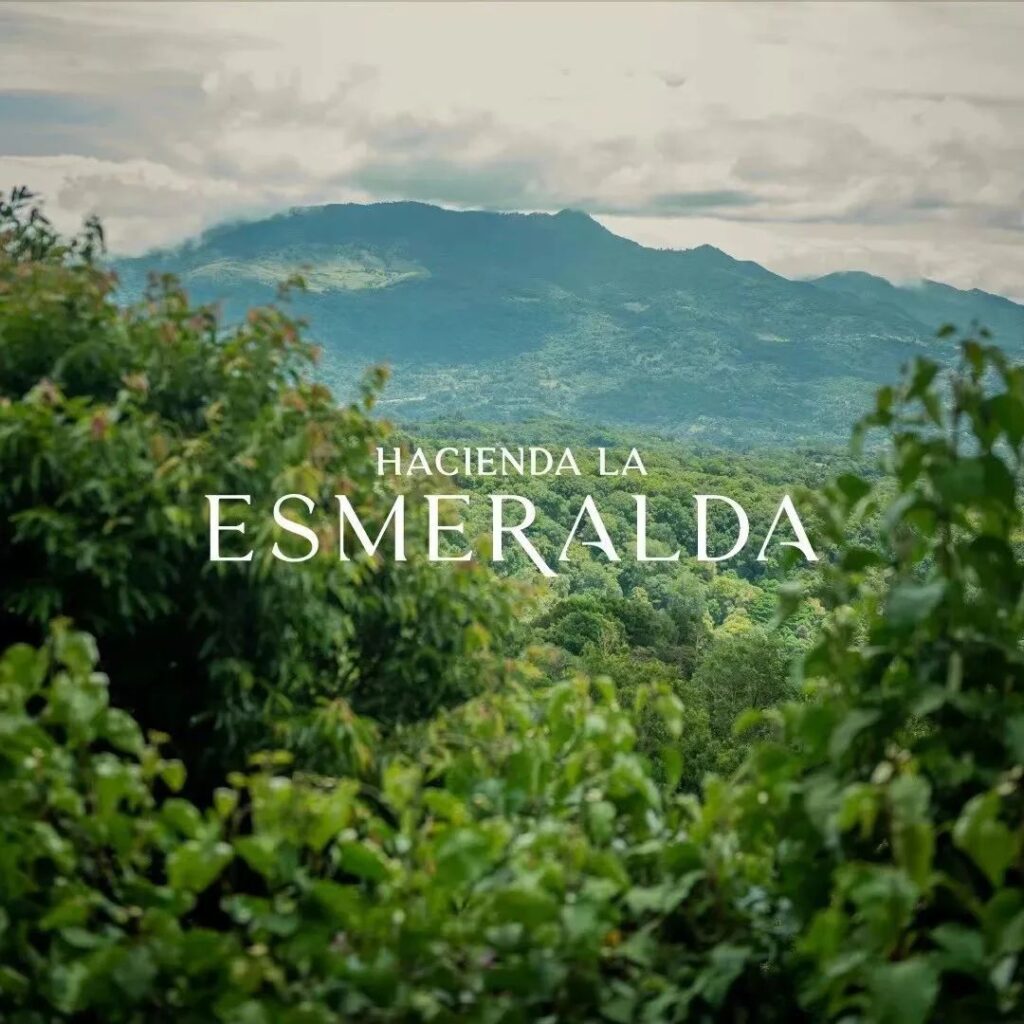
The reason why Geisha can be loved by coffee lovers is different from the strong black coffee in the traditional impression. It is more like a fresh flower and fruit tea. With a rich and fragrant and complex fruit taste, it makes people associate with a series of unusual aromas. At different temperatures, you can feel the delicate texture and sweet and sour fruit flavors throughout the mouth. The extraordinary flavor characteristics of Geisha are enough to make it the "ceiling" in the mouths of many coffee lovers. And what makes Geisha so popular is the "bole" of Geisha coffee, La Esmeralda Estate.
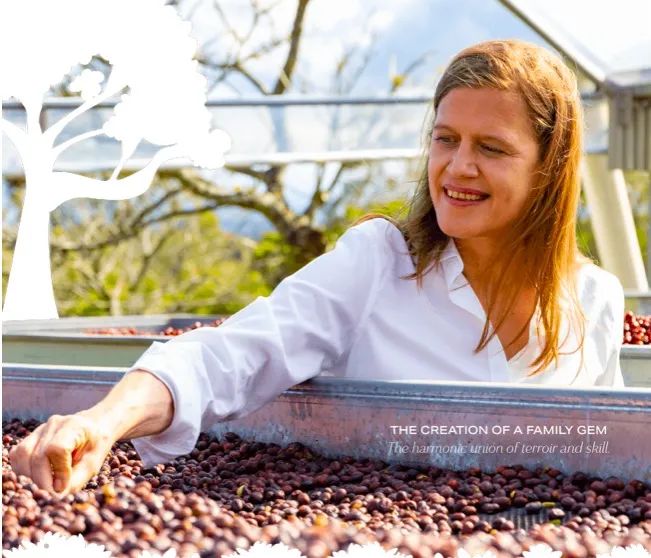
How did Emerald Estate "discover" Geisha?
Like many Arabica varieties, Geisha also originated from the birthplace of coffee, Ethiopia. In 1931, Geisha was initially collected in the wild Kaffa coffee forest in the south of Ethiopia, in order to find new disease-resistant varieties, named after the nearby Geisha Mountain. Later, it was transferred to research institutes in Kenya, Uganda, Tanzania, etc. for trial planting. In 1953, Geisha arrived at the Tropical Plants Research Center CATIE in Costa Rica and was recorded as "T2722". There are many records of its plantation in local farms. However, the branches of Geisha are fragile, the yield is not high, and it is not favored by farmers, nor is it widely planted.
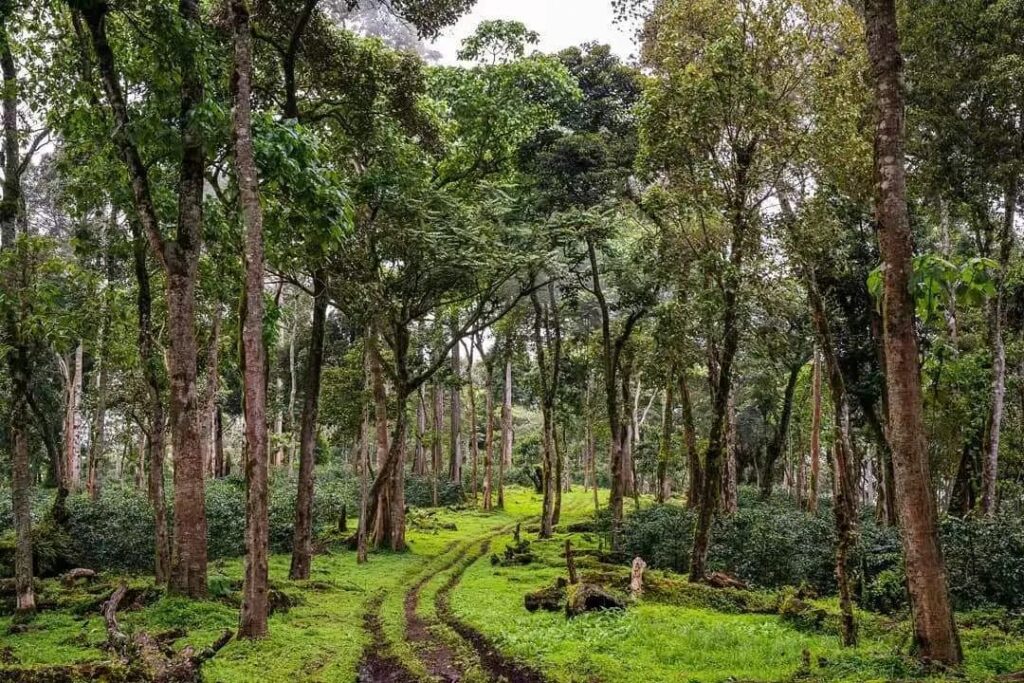
Since the 1960s, CATIE has given T2722 Geisha to coffee farmers in Panama, and Geisha has begun to truly set foot in this paradise in Panama. In the 1990s, the Peterson family of La Esmeralda Estate began to pay attention to coffee production and acquired a new high-altitude farm, Jaramillo in Hala Mio. Many coffee trees on the farm suffer from leaf rust, but Daniel Peterson noticed that the Geisha trees were not seriously damaged, so they decided to transplant the originally mixed Geisha to more areas of the farm, while increasing its planting altitude.
In 2003, the Peterson family finally discovered the potential of Geisha. When it was first cupped, it showed a quite strong aroma of white flowers, a very clean taste, and a fruity aftertaste like berries, citrus, and bergamot, forming a very typical Panama Geisha flavor. The astonished people decided to take it to participate in the 2004 BOP (Best Panama Coffee) competition and named it: "Geisha". Therefore, the amazing Panama Geisha coffee today is the T2722 variety of that year.
Why is Panama's Geisha the most famous?
It is well known that coffee is a crop, and the flavor is not only affected by the variety, but also by the terroir of the plantation, the post-treatment, roasting, and brewing, which will all have more or less impact on the taste of the coffee. In other words, even if the same Geisha variety as Emerald Estate is planted, it may not be able to produce the same characteristics of orange fragrance and honey charm.
Panama's coffee growing areas are mainly concentrated in the Boquete Valley in the western highlands and the Volcan region around the Baru Volcano, including Emerald Estate, and the more familiar Elida Estate, Janssen Estate, and Hartman Estate are all located here.
Taking the Boquete region where Emerald Estate is located, it is a small town in Chiriqui Province, near the east side of the Baru Volcano at an altitude of about 1,000-2,000 meters. Facing the warm and humid Caribbean monsoon and backed by the cold Atlantic current, the mountains are high and steep. The "Baru Volcano National Park" is an ecological reserve with rich biodiversity and has seven microclimates. Coupled with the constant shrouding in mist and abundant rainfall, it creates good planting conditions in the local area. Thanks to these unique terroir conditions, the local Geisha coffee absorbs various essences and transforms into an elegant floral and fruity blend with a multi-layered acidity, and naturally appears frequently in various competitions to achieve excellent rankings.
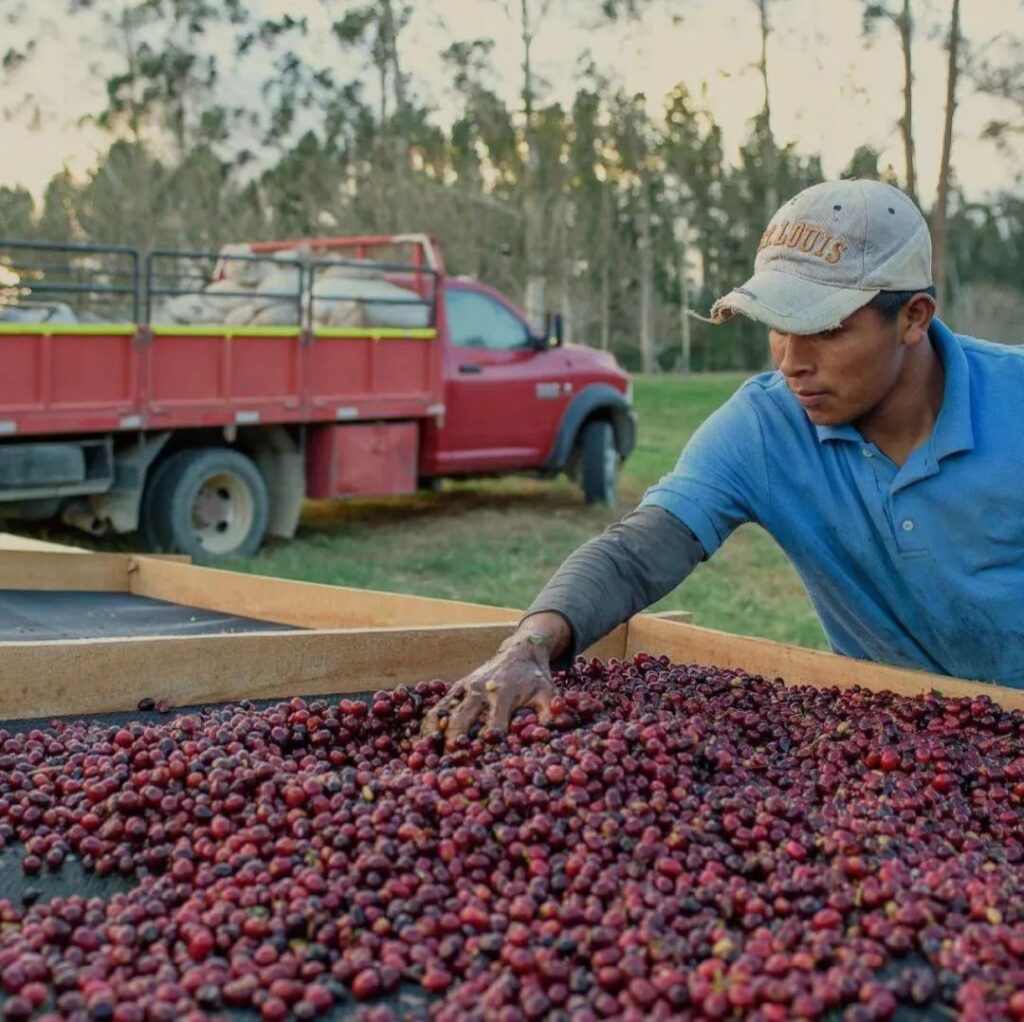
Frontstreet believes that in addition to the innate factors, the Geisha variety can have such an excellent flavor performance and such a high popularity, which is inseparable from the silent efforts of local growers in Panama. Compared with other producing areas, coffee estates in Panama have more planting experience in the Geisha variety, as well as the fineness and differentiation of the fresh fruit picking quality, the processing method, and the later defect removal and screening process. With such caring and meticulous management, the quality of the produced Geisha is naturally higher.
So, if you are also curious about this mythical variety and want to taste the "legendary Geisha flavor", Qianjie recommends that you start with the Panama growing area where Geisha became famous~

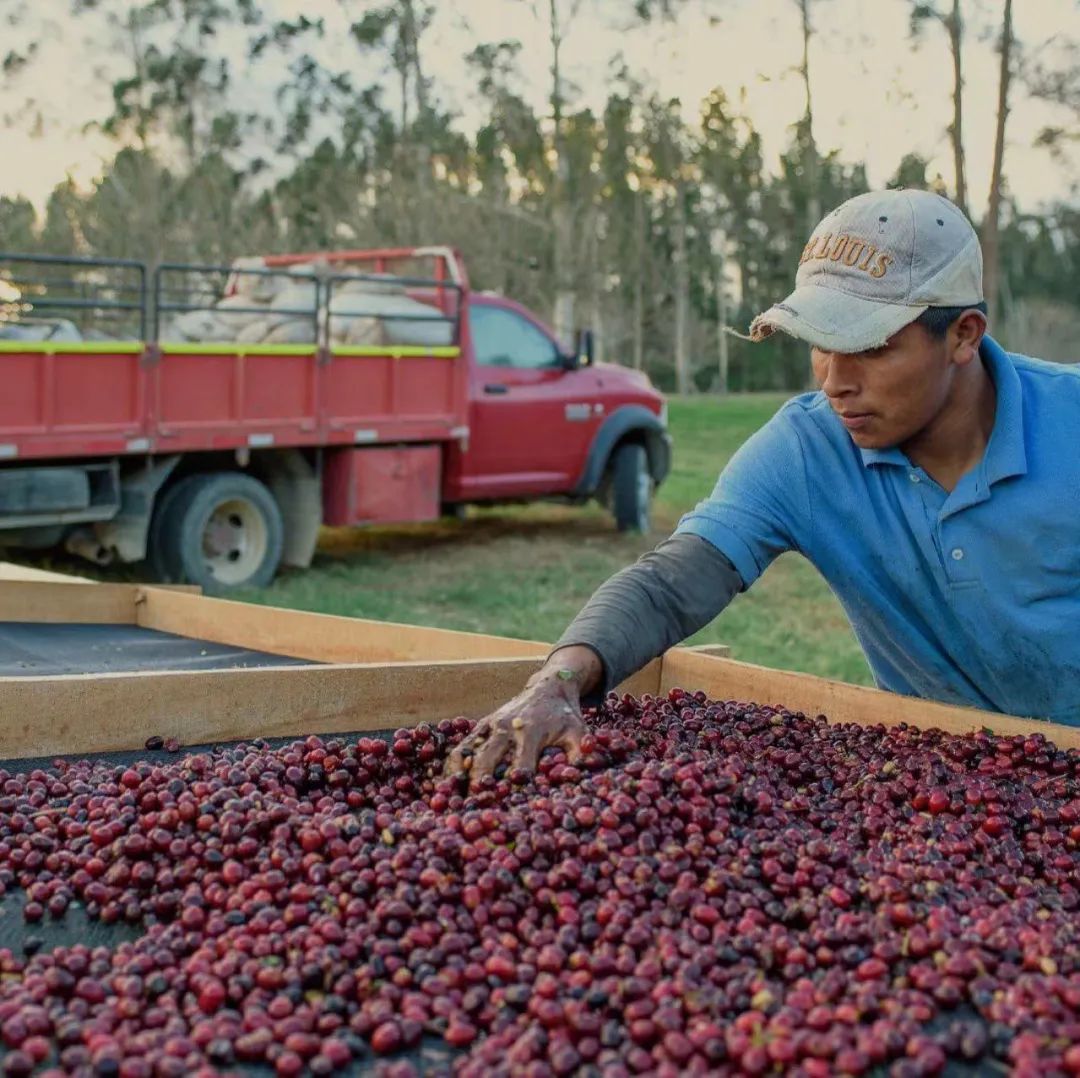
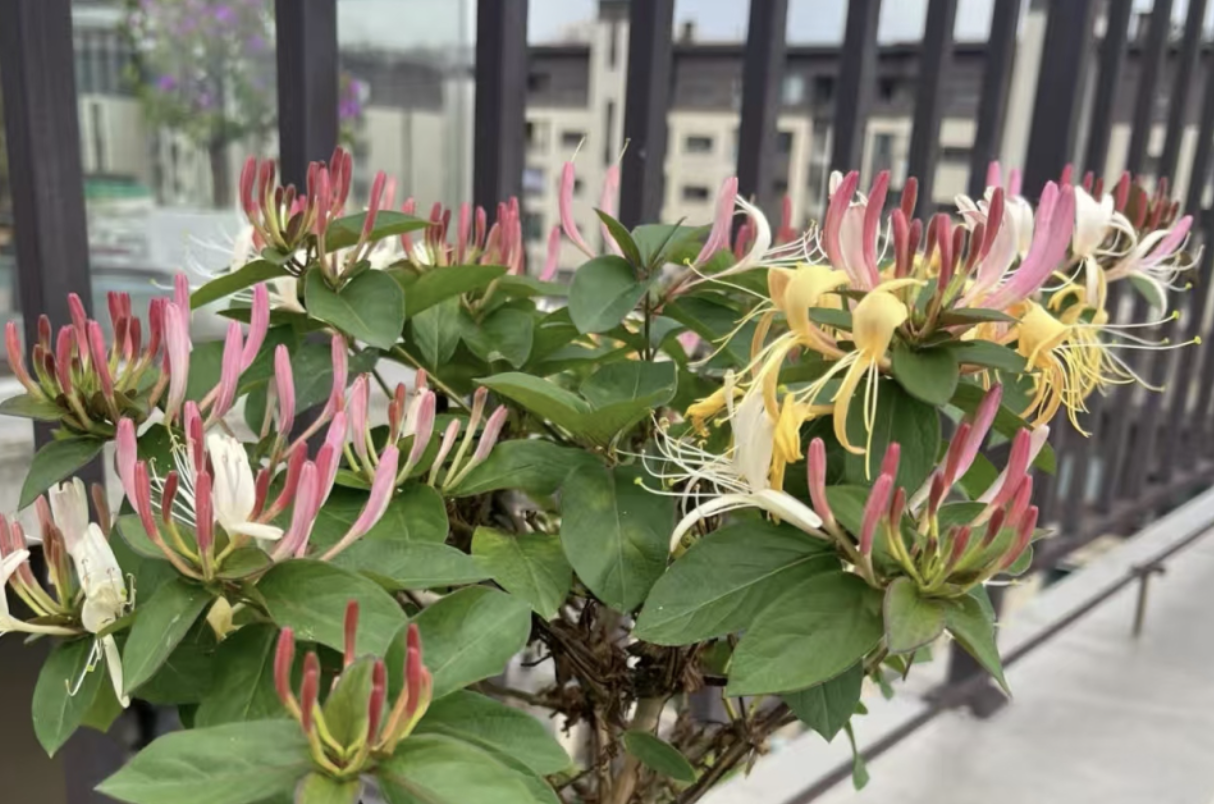
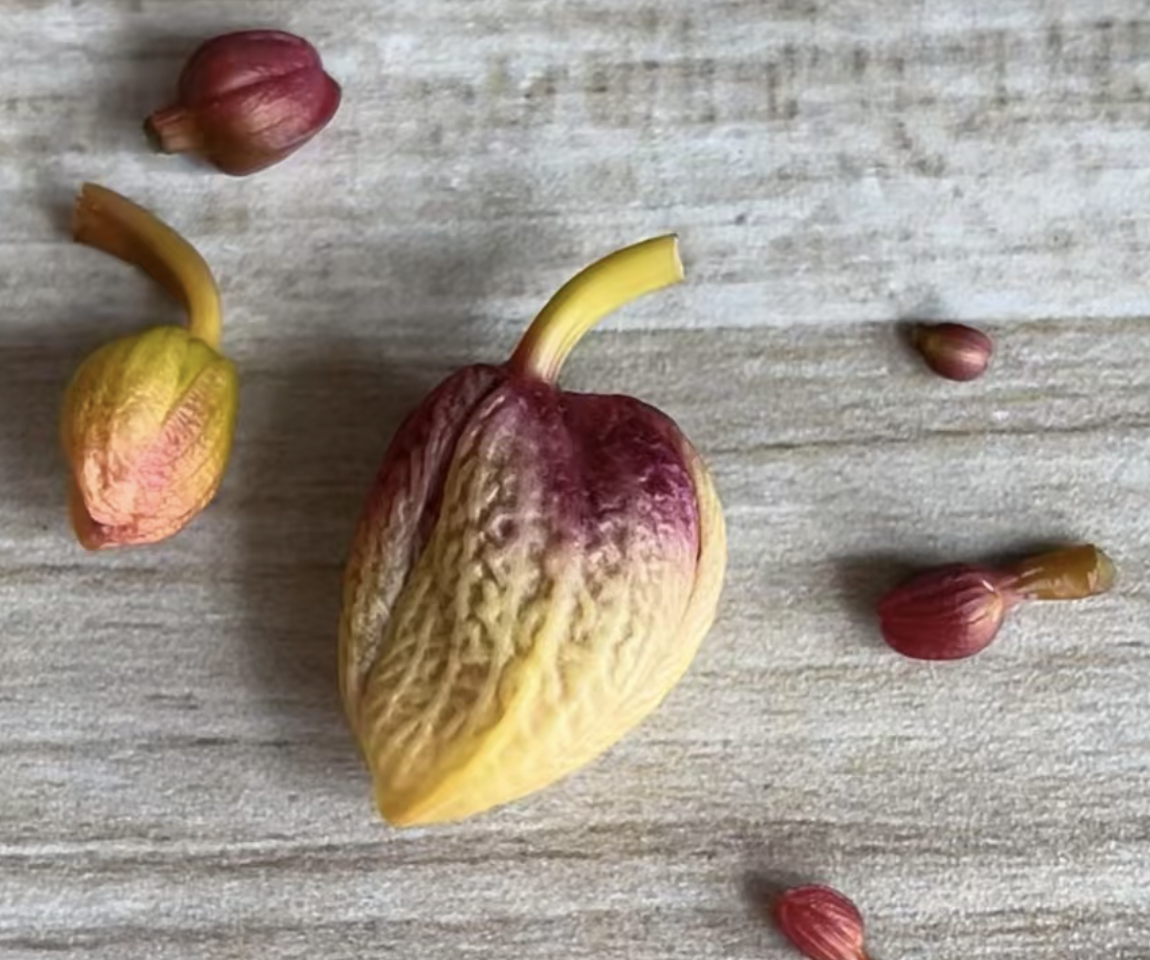
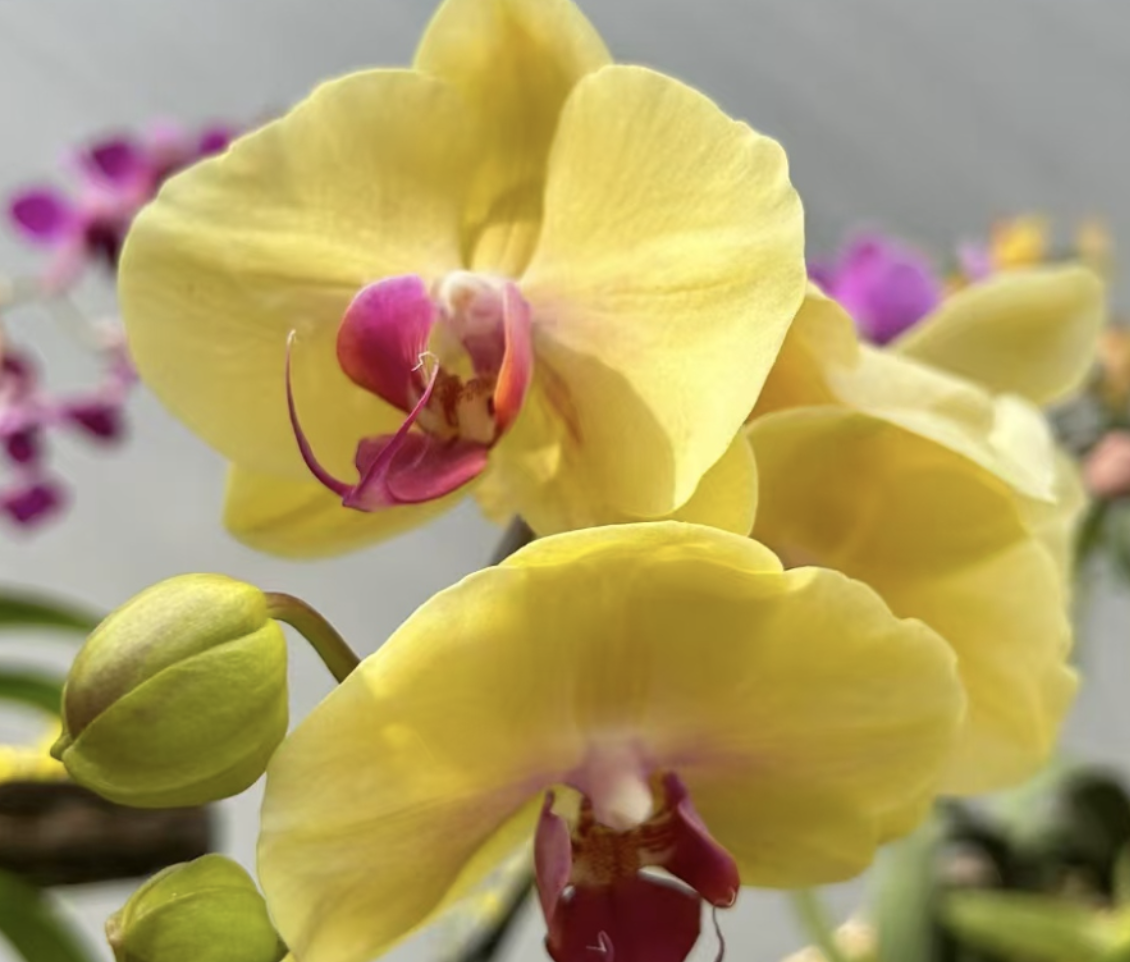
Leave a Reply